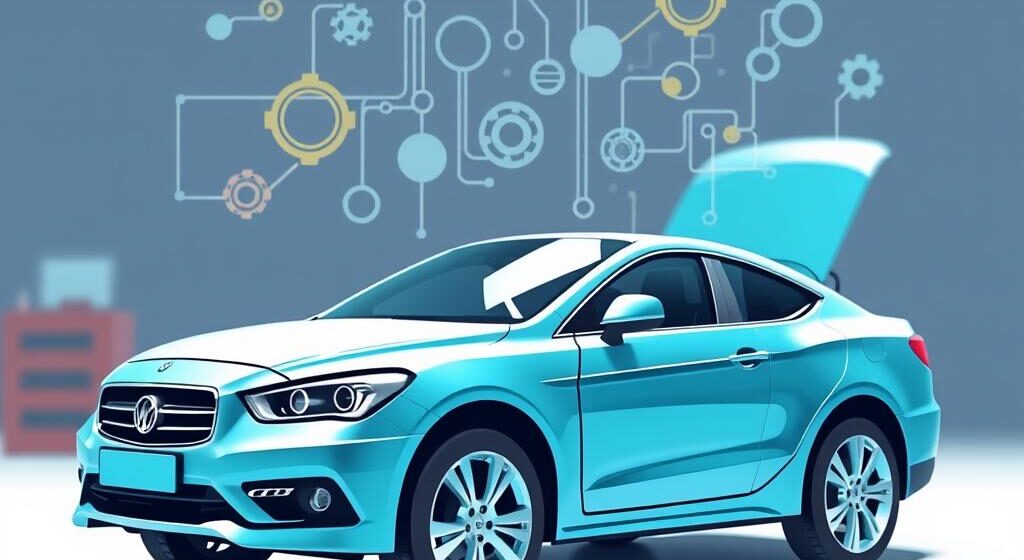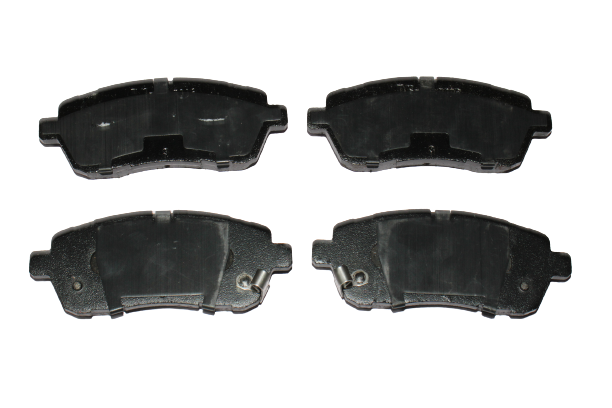The Role of E-commerce in Revolutionizing the Indian Auto Parts Industry
The Indian auto parts industry, long dominated by traditional brick-and-mortar stores, is undergoing a significant transformation thanks to the rise of e-commerce. As more consumers and businesses embrace online shopping, e-commerce platforms are revolutionizing the way auto parts are bought and sold in India. This shift is not only making it easier for consumers to access a wide range of products but is also driving innovation and competition within the industry. In this blog, we’ll explore how e-commerce is reshaping the Indian auto parts market and what this means for consumers, retailers, and manufacturers.
1. Expanding Access to Auto Parts
Convenience of Online Shopping:
E-commerce platforms have made it incredibly convenient for consumers to purchase auto parts. With just a few clicks, customers can browse through thousands of products, compare prices, read reviews, and make purchases from the comfort of their homes. This convenience is particularly valuable in a country as vast as India, where access to specialized auto parts stores may be limited in smaller towns and rural areas.
Wider Product Availability:
Traditional auto parts stores often have limited inventory due to space constraints. In contrast, e-commerce platforms can offer a vast selection of products, including rare and specialized parts that may be difficult to find locally. This expanded availability ensures that consumers can find exactly what they need, regardless of their location.
2. Competitive Pricing and Discounts
Price Transparency:
E-commerce has introduced a new level of price transparency in the auto parts market. Consumers can easily compare prices across different sellers, ensuring they get the best deal. This transparency has forced retailers to be more competitive with their pricing, benefiting consumers who are now more empowered to make informed purchasing decisions.
Discounts and Offers:
Online platforms frequently offer discounts, promotions, and special deals that are not available in physical stores. These offers can make purchasing auto parts online more cost-effective, especially for bulk purchases or high-value items. Additionally, many e-commerce sites offer free shipping and easy return policies, adding further value for customers.
3. Enhanced Customer Experience
Product Reviews and Ratings:
One of the significant advantages of e-commerce is the ability to access customer reviews and ratings. These reviews provide valuable insights into the quality and performance of auto parts, helping consumers make informed decisions. Positive reviews can build trust in a product or brand, while negative feedback can steer customers away from subpar products.
Personalized Recommendations:
Many e-commerce platforms use algorithms to provide personalized product recommendations based on a customer’s browsing history and past purchases. This feature helps consumers discover relevant products they might not have considered, enhancing their overall shopping experience.
24/7 Availability:
Unlike traditional stores with fixed operating hours, e-commerce platforms are available 24/7. This means consumers can shop for auto parts at any time that suits them, whether it’s late at night or during a lunch break. This flexibility is a significant advantage in today’s fast-paced world.
4. Empowering Small Businesses
Leveling the Playing Field:
E-commerce has leveled the playing field for small and medium-sized auto parts businesses. These businesses can now reach a nationwide audience without the need for a physical storefront in every city. By listing their products on popular e-commerce platforms, small businesses can compete with larger retailers and manufacturers, expanding their market reach and growing their customer base.
Lower Operating Costs:
For small businesses, e-commerce offers a cost-effective way to sell products. Without the overhead costs associated with maintaining a physical store, such as rent and utilities, businesses can operate more efficiently and pass on the savings to customers in the form of lower prices.
5. Driving Innovation in the Industry
Technology Integration:
The rise of e-commerce has encouraged the integration of advanced technologies in the auto parts industry. For example, many e-commerce platforms now offer augmented reality (AR) tools that allow customers to visualize how a part will fit in their vehicle before making a purchase. Additionally, AI-driven chatbots and customer service tools provide real-time assistance, improving the overall customer experience.
Data-Driven Insights:
E-commerce platforms generate vast amounts of data on consumer behavior, preferences, and purchasing patterns. Manufacturers and retailers can leverage this data to optimize their product offerings, improve inventory management, and tailor marketing strategies to meet consumer demand more effectively. This data-driven approach is helping the auto parts industry become more responsive and customer-centric.

6. Overcoming Challenges
Addressing Counterfeit Products:
One of the challenges of e-commerce in the auto parts industry is the risk of counterfeit products. To combat this, reputable e-commerce platforms have implemented strict seller verification processes and quality checks. Consumers are also advised to purchase from authorized sellers and check for product authenticity certifications when buying online.
Building Trust:
While e-commerce offers many advantages, some consumers are still hesitant to purchase auto parts online due to concerns about product quality and fitment. Building trust is crucial, and this can be achieved through transparent return policies, robust customer support, and ensuring that product descriptions and images are accurate and detailed.
7. The Future of E-commerce in the Indian Auto Parts Industry
Continued Growth and Expansion:
The e-commerce sector in India is poised for continued growth, with increasing internet penetration, smartphone usage, and digital payment adoption driving more consumers online. As the auto parts market adapts to this trend, we can expect to see even greater innovation, competition, and customer engagement.
The Rise of Omnichannel Retailing:
To capitalize on the benefits of both online and offline channels, many auto parts retailers are adopting an omnichannel approach. This strategy allows customers to research and order products online and then pick them up in-store or have them delivered to their doorstep. The seamless integration of online and offline experiences is likely to become a key trend in the coming years.
Conclusion
E-commerce is revolutionizing the Indian auto parts industry by offering consumers unprecedented access to a wide range of products, competitive pricing, and an enhanced shopping experience. For small businesses and manufacturers, e-commerce provides an opportunity to reach new customers and drive growth. As the industry continues to evolve, embracing e-commerce will be essential for staying competitive in the modern market.
At BharatAutoSolution, we are committed to leveraging the power of e-commerce to provide our customers with quality auto parts, exceptional service, and a hassle-free shopping experience. Whether you’re a seasoned car enthusiast or a first-time buyer, our online platform is here to meet all your automotive needs.




